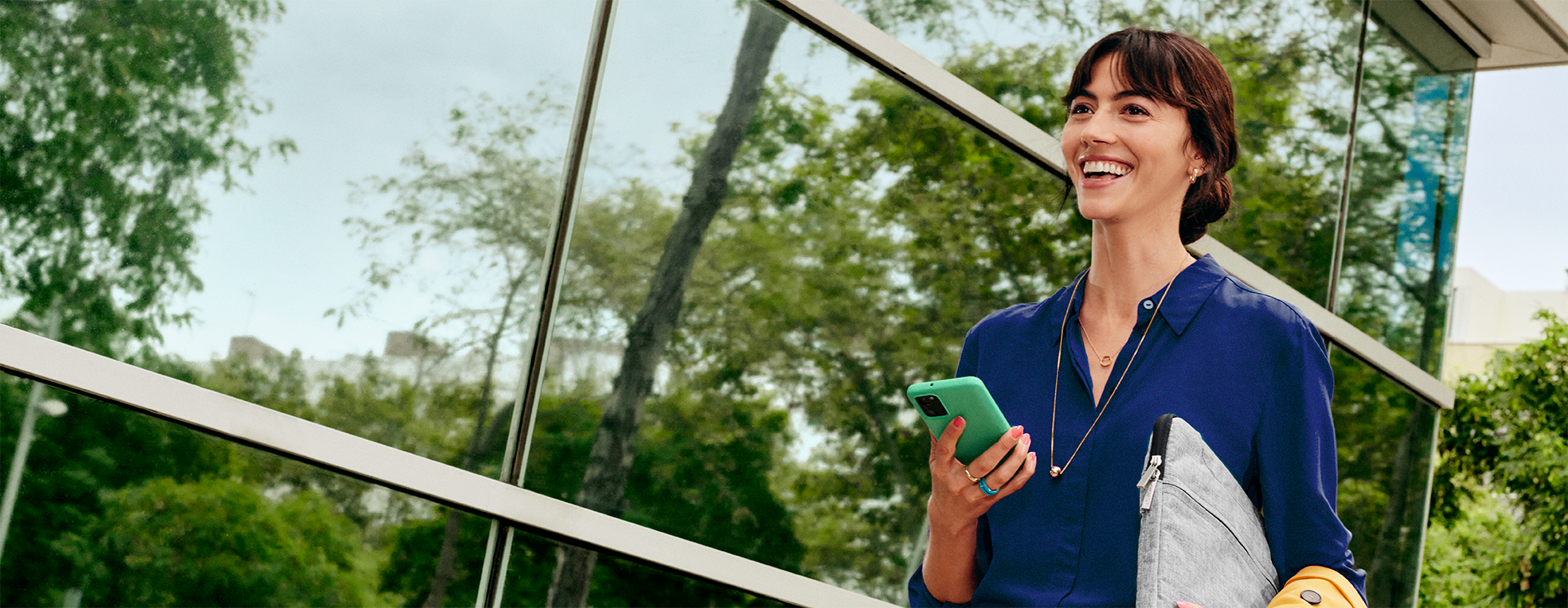People don’t hate parking.
They hate bad parking.
As many as seven parking spots exist for every car in the US, which means 85% of them are sitting empty while you’re reading this sentence. It’s a shocking amount of underutilized space, yet neither drivers nor the communities are satisfied with the status quo of parking.
85% of parking spots are sitting empty while you’re reading this sentence.
What’s gone wrong with parking? And how do people really want parking to change?
We surveyed 2,000 US consumers to better understand the state of parking. We discovered that the vast majority of drivers pay for parking when it’s…
Fast & easy
Funded transparently
Available to reserve

